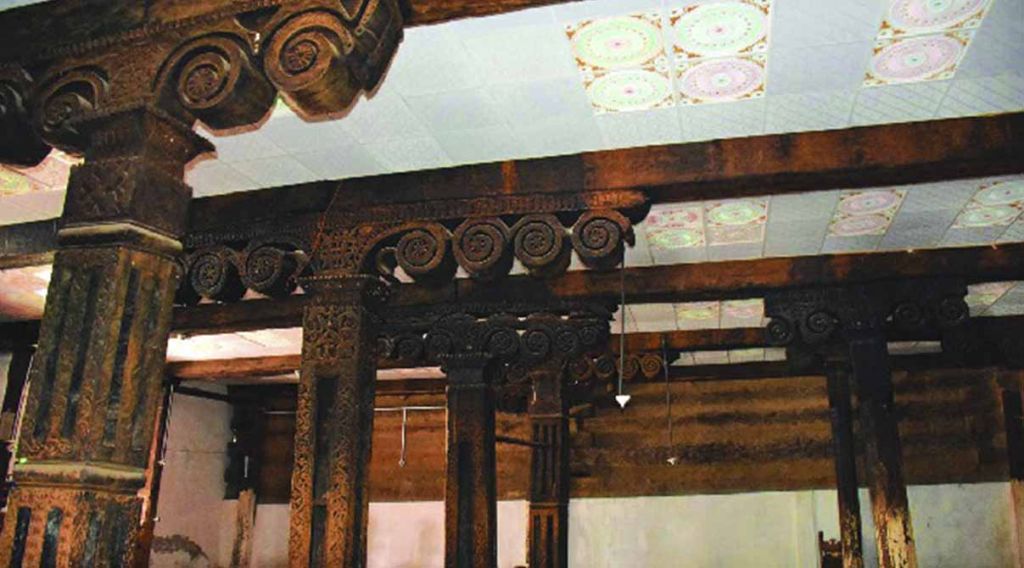The Indus-Kohistan valley of Khyber Pakhtunkhwa, Pakistan is an abode to unique cultural and heritage values. Among multiple historical sites and buildings, the Grand Mosque of Seo Valley has become the prominent one. It has detailed wooden architecture and intricate decorative carvings. They represent the fusion of Buddhist and Islamic art. The mosque is one of the architectural monuments of the Moghul Empire. SEO valley mosque is 250 to 300 years old. It is located 10 kilometers away from the village of Dasu.
Related: Places to visit in Peshawar
The Grand Mosque of Seo Valley
The Grand Mosque of Seo Valley, often mentioned as the Wooden Mosque or Jamia Masjid in the local language, is capable of hosting 1,200 worshipers at a time. Entailing both cultural and religious importance, it is one of the tourist attractions within the valley. Back in 1750 AD, three religious men from Swat spread Islam in the Seo Valley; Akhun Salak Baba, Mian Baba, and Mian Baqi Baba. As the number of worshippers grew, people started to build the grand mosque. It took many years as the transportation of heavy logs took time and effort.
Historical Significance of SEO Valley
The Seo Valley itself is located on the right bank of the River Indus. Whereas the mosque is located on top of the hill. It presents the viewers a breath-taking view of the Seo Valley as well as the River Indus. Carved woodwork, beams, pillars, and rock-cut stones make up the construction. Corrugated steel sheets make the roof. The decorative style of the mosque mostly comprises floral patterns and geometrical motifs. Along with that, Kalma is also engraved on one of the verandah pillars.
Read more: Bhong Mosque: A beauteous and dazzling architectural vision
SEO Valley Mosque and Hujra
Upon entrance to the Mosque, the visitor can see a spacious L-shape verandah. The roof covers the verandah. The roof has twenty-three wooden carved pillars. One of the pillars is octagonal in shape with only the shaft covered by an s-shaped motif and three voluted bracket capitals, which are close to the ablution place. Nearby is a hujra, a kind of discussion room as well as a guest house, that used to host travelers or tourists in the past. The left-side pillar is square in shape, supported by dual stylized voluted brackets whereas the central pillar carries the exact same characteristics.
The mosque repair and renovation work are done from time to time. The construction works are similar to other historical mosques or buildings within the Indus-Kohistani region.